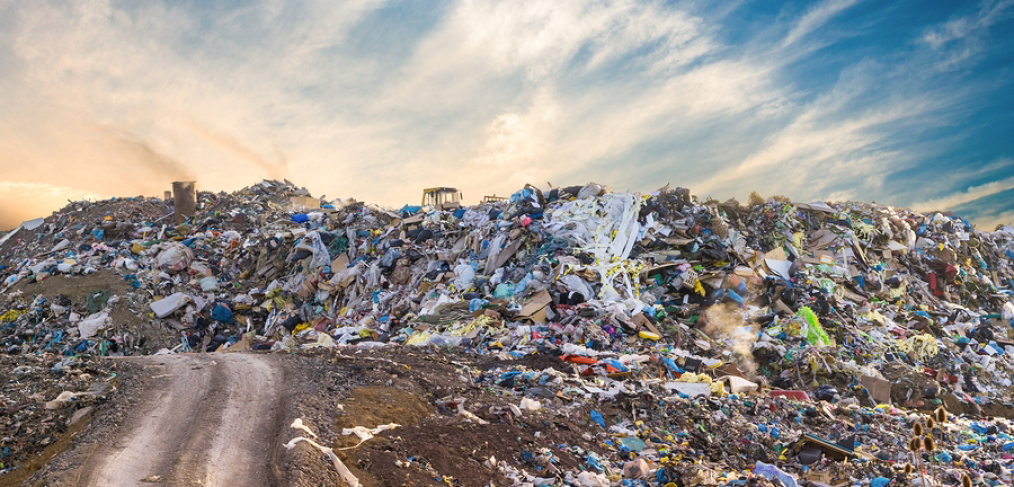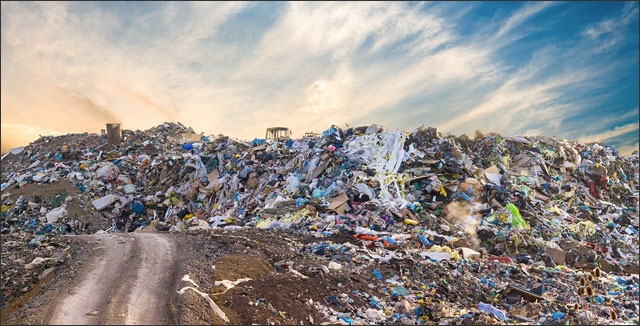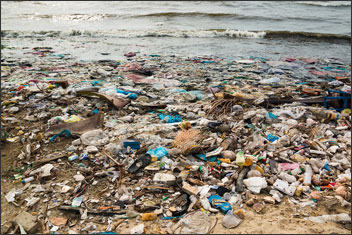
The Global Plastic Pollution Crisis: Top Problem Solving Strategies

It’s hard to know where to start with the global plastic pollution crisis. Different publications site different statistics to help us visualize the scope of the problem. Anyway you cut it, the amount of plastic that is sitting on our earth or floating in our seas as waste is frightening.
According to some of the statistics cited by National Geographic:
- It’s likely that only 9% of all plastic ever made has been recycled.
- Eighteen billion pounds of plastic flow into our oceans every year from coastal regions.
- 40% of the plastic that is produced is packaging material, made to be used once and thrown away.
- The United States uses almost one plastic bag per resident per day, as opposed to shoppers in Denmark who use on average only four plastic bags per year.
- Almost half of all plastic ever made has been made since the year 2000.
- Less than ⅕ of all plastic is recycled globally.
- One million plastic bottles are sold around the world every minute.
- 8% of the world’s oil production is used to make plastic, and it’s projected to rise to 20% by the year 2050.
- Estimates for how long it takes plastic to break down into its constituent molecules range from 450 years to never.
- Plastic is estimated to kill millions of marine animals every year.
- World production of plastic has risen exponentially: from 2.3 million tons in 1950; it grew to 162 million in 1993 and to 448 million by 2015.
The Global Plastic Pollution Crisis
In other words, we are making and discarding much more plastic than any waste system we had in place was prepared to manage.
Until 2016, China was importing much of the world’s recycled plastic. When it stopped this practice, nations like the United States have been left with the problem to solve on our own. Most of it ends up in landfills or incinerated.
However, on a global scale, it’s the world’s poorest populations who are most affected. In addition, they also who most contribute to the pollution of the earth’s oceans.
Not Just Trash on the Beach

Polluted beach in a fishing village in Vietnam
When you picture the plastic problem, you may be thinking about plastic trash pile up on beaches or those great floating islands of trash in the middle of earth’s oceans. However,the problem is actually harder to see.
Much of the plastic trash in our seas gets washed into the oceans from rivers in China, Indonesia, the Philippines, Vietnam, and Sri Lanka. In 2010, according to one estimate, they generated half the world’s mismanaged plastic waste.
If you look at some of the photographs of the world’s poorest people striving to make a living out of selling this discarded plastic, you will see riverfronts and beaches choked with plastic trash.
The Pasig River in the Philippines was declared biologically dead in 1990 for this reason. There are many islands in the South Pacific – even several which are entirely uninhabited – that are swimming in a sea of plastic garbage. However, this doesn’t account for all the plastic discarded since the 1950s.
Microplastics
They are called microplastics. Sun, waves, and even marine animals break down the plastics in the ocean into particles almost too small to see. We are not too far away from the time when earth’s oceans are a thin film of micro and nano plastic.
Researchers are beginning to ask how this pollution is affecting humans. It only stands to reason that if the ocean’s animals are eating it, some of those problems will come back to haunt us.
At this point, microplastics in the bellies of fish we eat may not have a significant effect on the flesh of the fish. Unfortunately, there is no research about how the concentrations of chemicals in those ingested plastics may pass from marine life onto us.
Combating the Global Plastic Pollution Crisis
In the United States, we don’t suffer from the lack of garbage collection that is harming the earth from the world’s poorest nations. Because of this lack of infrastructure, plastic ends up on the ground and in the sea.
Experts say that the first line of defense is a robust collection system in developing nations. One idea proposed was a tax on every pound of plastic produced to help developing countries with a collection system. This idea never caught on. But some major corporations are starting to respond to the problem. According to National Geographic,
“Coca-Cola, which also produces Dasani water, announced a goal to “collect and recycle the equivalent of” 100 percent of its packaging by 2030. It and other multinationals, including PepsiCo, Amcor, and Unilever, have pledged to convert to 100 percent reusable, recyclable, or compostable packaging by 2025. And Johnson & Johnson is switching from plastic back to paper stems on its cotton swabs.”
Problem Solving Strategies
There are ways you can help with the plastic pollution problem by changing a few of your everyday habits:
- Make sure you clean the single-use plastic items you use every day, so there is no food residue on them. This ensures they can be recycled. You might be surprised by how many Americans don’t empty the plastic containers they are trying to recycle.
- Plastic straws are said to be unrecyclable, and we use 500 million per day. Choose to drink your drink without a straw next time.
- Try to choose aluminum drink containers instead of plastic.
- Use paper bags or reusable canvas or recycled plastic bags for shopping and support businesses that do as much as you can.
- Choose food storage containers that are meant to be reusable for your leftovers and school lunches instead of plastic.
- Consider buying food in bulk and packaging in reusable containers rather than packaged goods – it’s better for your health too!
- As always, growing your own food is healthy for your body and healthy for the environment. It cuts out the need for any packaging whatsoever.
Takeaway
As the global plastic pollution crisis gains more attention, we are hopefully going to see many more innovations and solutions to this visible problem. You can become part of the solution by reusing and recycling as much as possible and by staying informed!

